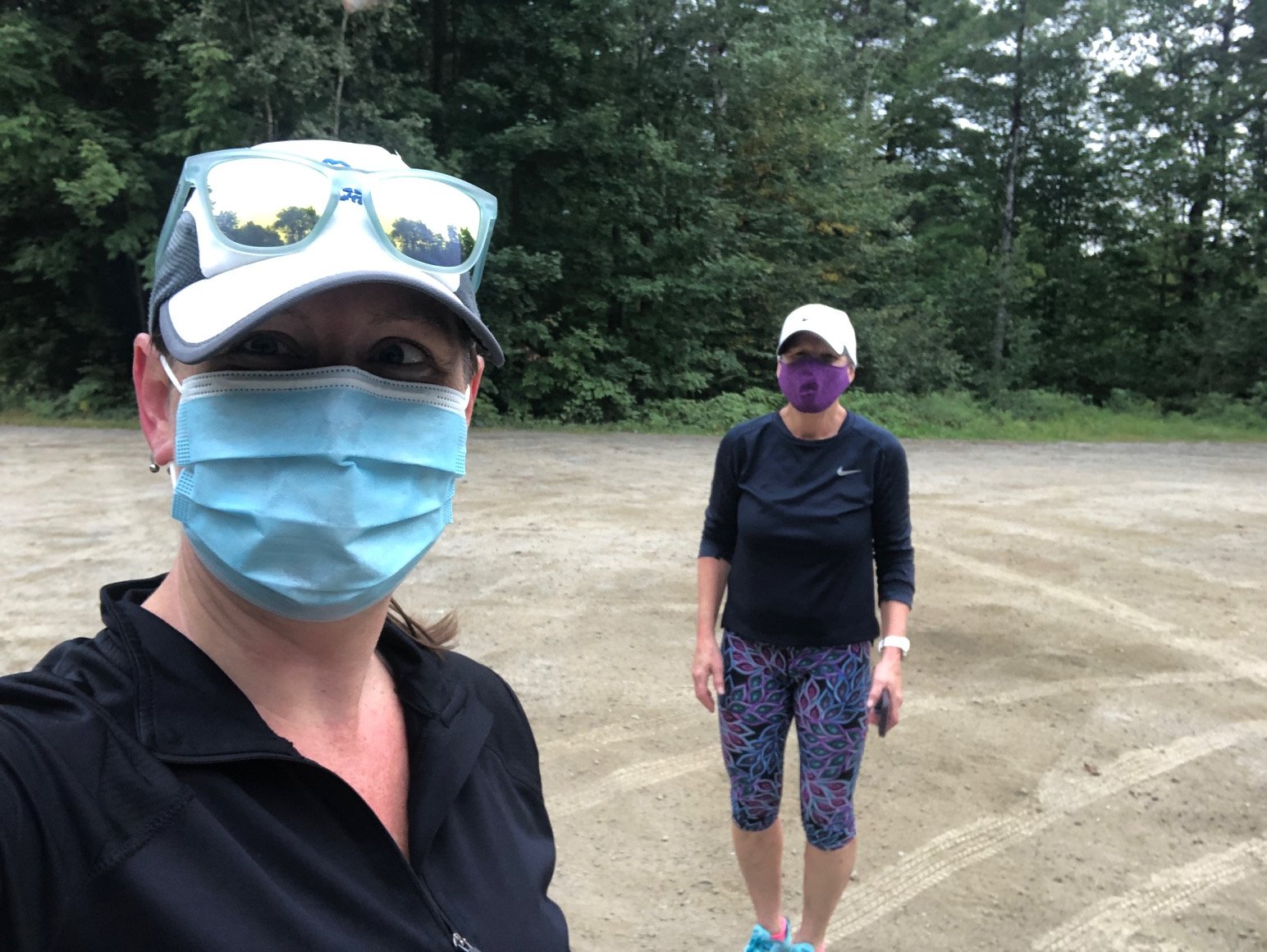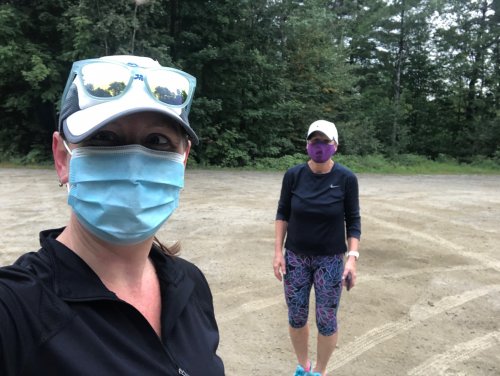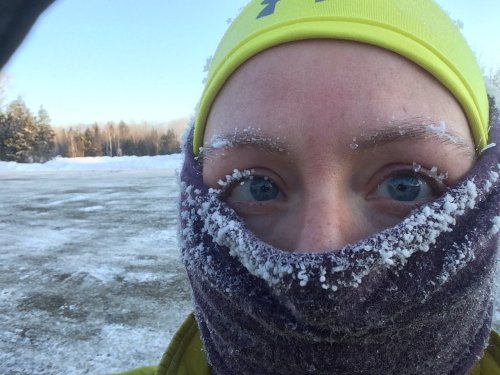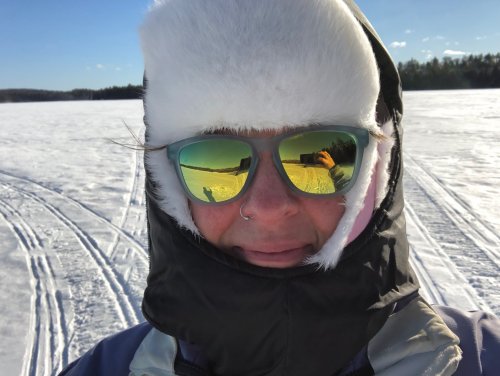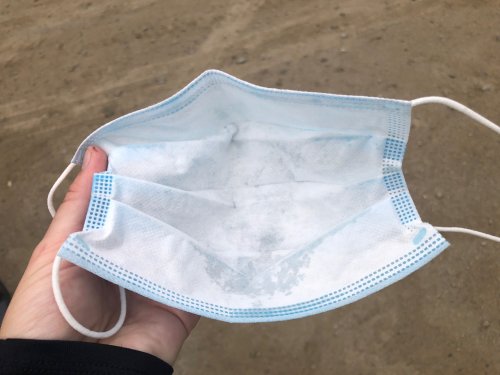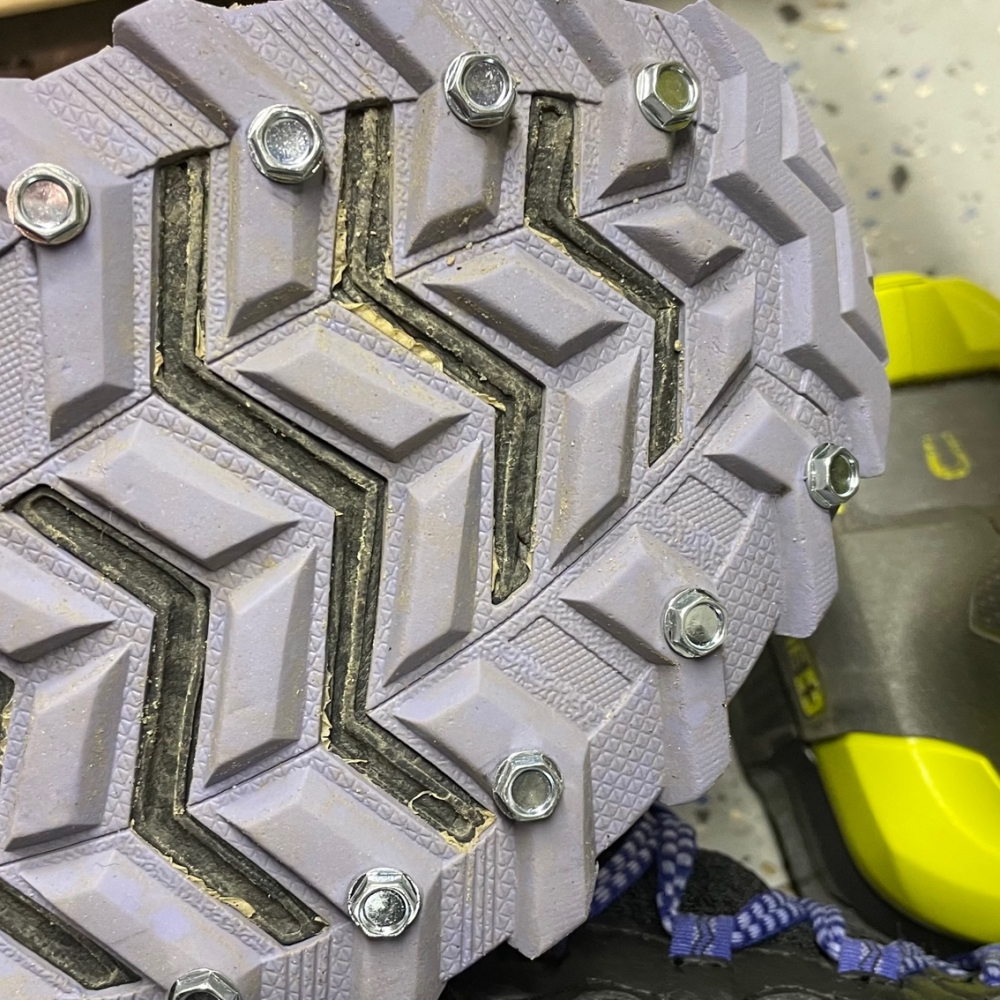Wondering how to run in a mask? It's pretty easy: put on your mask and go for a run. Yes, there are ways we can fine tune the experience for our comfort, but ultimately it's easy to do and it's our duty to our fellow athletes.
1. Choose the right mask for the conditions. The triple-layer fabric masks are great for cooler days when a little bit of insulation is welcome. Using a blue surgical/procedural mask is a better option for warmer temps. These are made to be incredibly efficient at wicking moisture* and are lighter weight by nature of their design and manufacturing process. On another important safety note: avoid valve masks. These are designed for you to exhale freely, and exhaling freely is exactly how COVID-19 spreads. Valve masks do not offer the filtration that keeps us safe. There is also some science suggesting that a single-layer Buff may not be enough--fold it double if a Buff is your mask strategy!
2. Wear it for 100% of your run if asked. Have you been asked by a government agency? A race director? A running partner? Then just wear it. If it's not comfortable enough to wear a mask for 100% of this run, it's not the right run for you today.
3. Keep it handy if you're not mandated to wear it 100% of the time. You won't have time to dig it out of your ultra vest when another runner overtakes you. If it's not in your hand it, should be looped around your ears and chin or resting on your neck so that you can pull it up at a moment's notice.
4. Start with shorter runs in a mask. Once the fabric becomes wet, you'll have a harder time ignoring the mask. Don't wear it for a two-hour run your first time out. You'll need to acclimate to the sensations in order to be able to ignore the discomfort. It's just one more thing we are capable of training our bodies to do.
5. Use an anti-fog solution on your sunglasses. I already did this before COVID-19 because just pausing for a breather could fog my lenses. Masks will fog you a little faster, but if you prep your lenses, you'll do just fine.
6. Don't worry for a second that you are not getting enough oxygen. Yes, you may be hot and a wet mask is harder to breathe through, but you are not in any danger. Think of nordic skiers, snowshoe runners, alpine climbers and other athletes who mask regularly in cold conditions. None of the dangers in any of these sports arise from mask wearing. Personally, I wore a wool face covering for almost the entire 2018 Millinocket Marathon, which was held in a subzero windchill; if running in a mask were dangerous, that race would have been fatal to some of the athletes.
*Pro Tip: Surgical masks are designed to be worn with the white fabric against your face. Think about all those reruns of ER and Grey's Anatomy you've seen. The healthcare workers are masked with the blue side out. The white interior layer of a medical mask is made similarly to the top layer of fabric in a diaper or sanitary napkin--these fabrics are designed to pull moisture away from your skin to keep you comfortable. The blue layer is made to repel water, which will make your run steamy if you wear a surgical mask inside-out.


